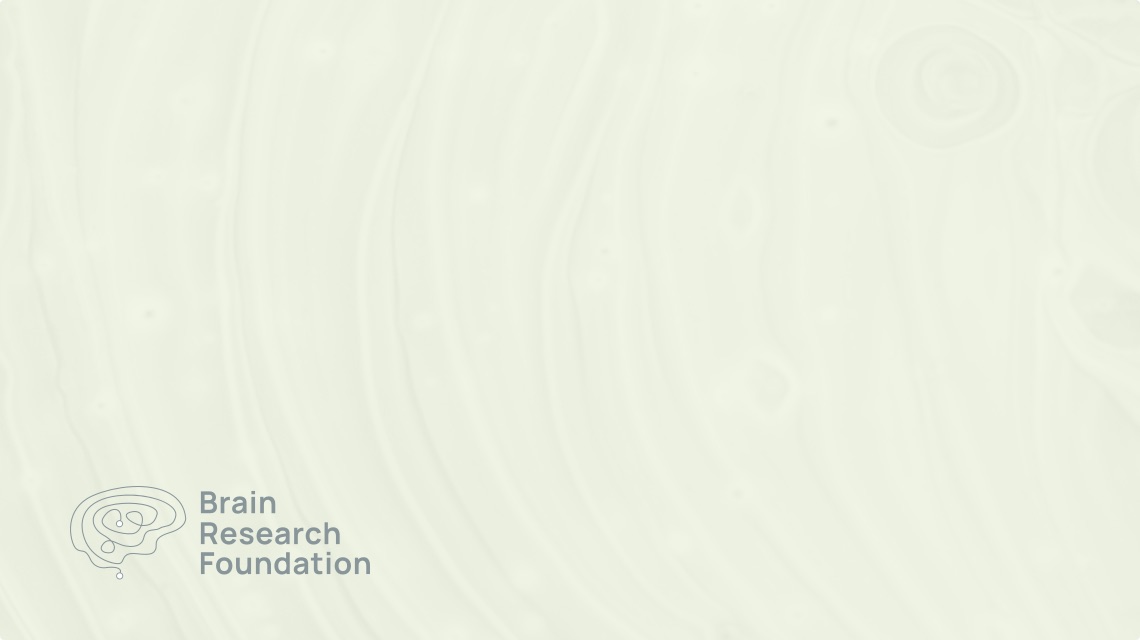Our lab is interested in understanding events that lead to chronic degenerative diseases that affect the brain. Currently we are studying a genetic disease that leads to cerebellar pathology called Spinocerebellar Ataxia Type 1. This disease is caused by a mutation in a gene that lead to an expansion of glutamines (an amino acid) in the protein encoded by this gene. One leading hypothesis is that the diseased protein leads to changes in gene expression that causes deleterious events. Our lab is trying to identify the mechanisms underlying these changes in gene expression so as to lead to future avenues of therapy. The BRF seed grant will be crucial in providing my lab with the funds to obtain more preliminary data to compete for R01 level funding from the NIH.
2009
Puneet Opal, M.D., Ph.D.

